
SR-71 covers every aspect of the spyplane’s development, manufacture, and active service, all from the insider’s perspective of one its pilots. Features over 200 incredible photos.
Flying to a coffee table near you comes the new paperback edition of this authoritative and illustrated history of the most mind-bending military aircraft ever flown! Developed by the renowned Lockheed Skunk Works, the SR-71 was an awesome aircraft in every respect, setting world records for altitude and speed: an absolute altitude record of 85,069 feet on July 28, 1974, and an absolute speed record of 2,193.2 miles per hour on the same day.
Written by a former Blackbird pilot, SR-71 covers every aspect of the aircraft’s development, manufacture, and active service, all lavishly illustrated with more than 200 photos. The SR-71 remained in service with the U.S. Air Force from 1964 to 1998, when it was withdrawn from use, superseded by satellite technology. This authoritative history covers the spylane’s entire phenomenal service.
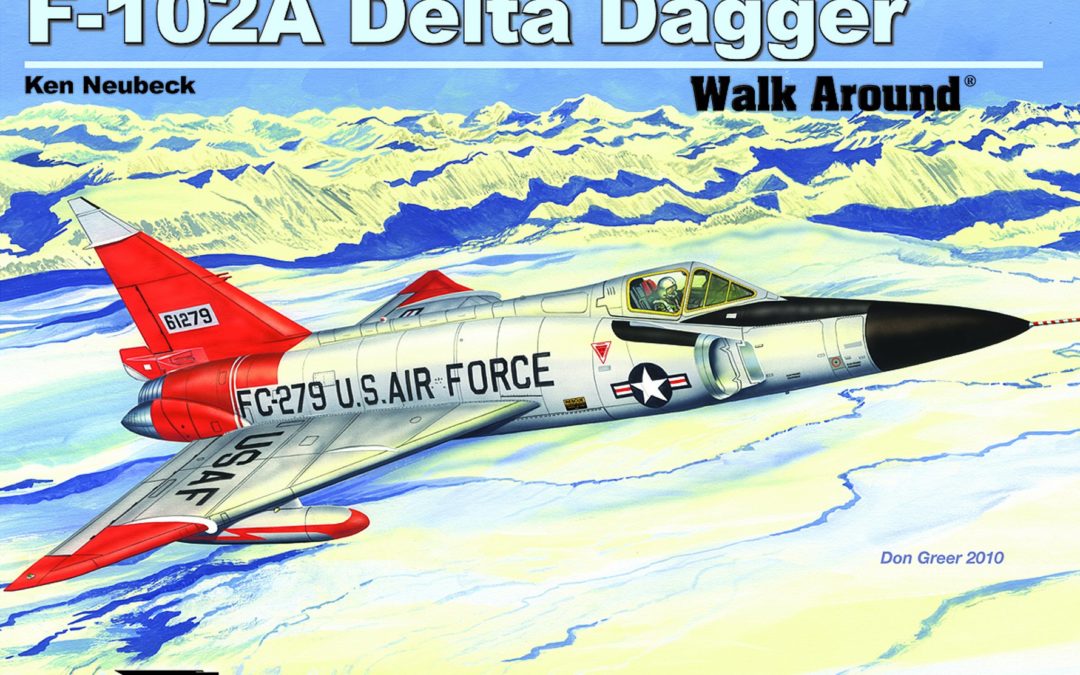
The Convair F-102A Delta Dagger was developed for the US Air Force as a supersonic interceptor at the onset of the Cold War. It featured a 60-degree swept delta wing to lessen drag coefficient and yield stability at very high altitudes. True to its design, the F-102A made more than 1,000 intercepts of Soviet bombers in defense of Western airspace. Within the US, 22 Air National Guard squadrons were equipped with the Dagger from 1960 until its retirement in 1976. The 102 was also deployed to Vietnam during the war in Indochina, initially to protect bases from North Vietnamese aircraft. Later, it flew fighter patrols, escorted B-52s, and was used offensively to attack ground installations. Exported to NATO allies Greece and Turkey, the Turks flew the F-102A during their invasion of Cyprus in 1974. After retirement in the US, 152 of the planes were converted to high-speed, unmanned drones for use as test targets for newer fighters.

The Mikoyan-Gurevich MiG-21 Fishbed, a lightweight air-combat fighter, is one of the most famous military aircraft in the world. No other warplane has been manufactured in such large numbers (over 10,000 in the Soviet Union and about 2,000 in China and India) since World War II. Nor has any other fighter served with so many air forces (the current count is 56). This global success was the MiG design bureau’s fourth in succession in the immediate postwar era.Powered by one Tumansky R-11F-300 rated at 12,675 lb (w/ afterburner), the MiG-21 was easy to maintain, tough in the harshest environments, and very affordable. It was designed to climb fast to high altitudes, at all heights, and to excel in close combat. This book covers all MiG-21 upgrades and variants, as well as combat and armament specifications. Over 300 photos are used to illustrate the story of the MiG-21. It features technical diagrams and gives a comprehensive development history. Other topics include design, development, structural detail, international production, trials, comparisons, and much more.

The CIA’s release of its book The Central Intelligence Agency and Overhead Reconnaissance 1954–1974 is a fascinating and important historical document. It contains a significant amount of newly declassified material with respect to the U-2 and Oxcart programs, including names of pilots; code names and cryptonyms; locations, funding, and cover arrangements; electronic countermeasures equipment; cooperation with foreign governments; and overflights of the Soviet Union, Cuba, China, and other countries.
Originally published with a Secret/No Foreign Dissemination classification, this detailed study describes not only the program’s technological and bureaucratic aspects, but also its political and international context, including the difficult choices faced by President Eisenhower in authorizing overflights of the Soviet Union and the controversy surrounding the shoot down there of U-2 pilot Francis Gary Powers in 1960. The authors discuss the origins of the U-2, its top-secret testing, its specially designed high-altitude cameras and complex life-support systems, and even the possible use of poison capsules by its pilots, if captured. They call attention to the crucial importance of the U-2 in the gathering of strategic and tactical intelligence, as well as the controversies that the program unleashed. Finally, they discuss the CIA’s development of a successor to the U-2, the Oxcart, which became the world’s most technologically advanced aircraft.
For the first time, the more complete 2013 release of this historical text is available in a professionally typeset format, supplemented with higher quality photographs that will bring alive these incredible aircraft and the story of their development and use by the CIA. This edition also includes a new preface by author Gregory W. Pedlow and a foreword by U-2 expert Chris Pocock.
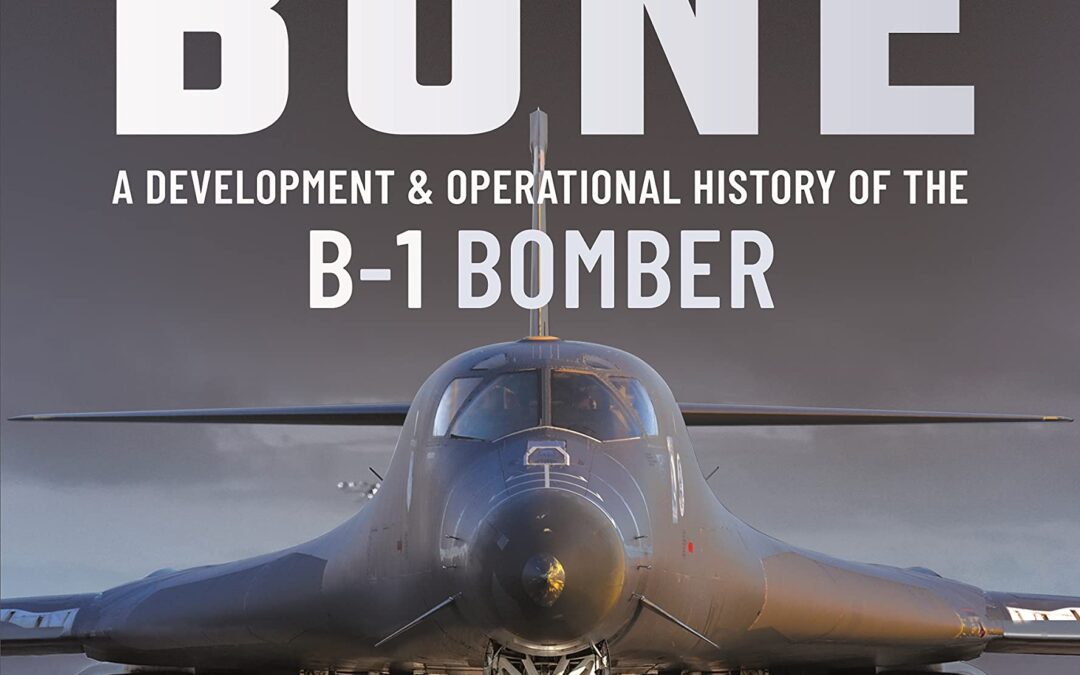
When the B-52 Stratofortress entered operational service with the US Air Force in 1955, work was already underway on defining its successor. The B-70 Valkyrie, a Mach 3 jet bomber, was one option. Although two XB-70A prototypes flew, the B-70 never went into production. Out of the subsequent Advanced Manned Strategic Aircraft program came the B-1A bomber, which flew at high speed and low altitude to evade enemy air defenses. The B-1A was canceled in favor of fitting the B-52 with cruise missiles. The B-1, known as the BONE, was revived in 1981 as the improved B-1B to boost American military power and be a symbol of American strength at the peak of Cold War tensions. The B-1B entered service in 1986 with several deficiencies. The resolution of most of these issues coincided with the end of the Cold War.
After the Cold War, the B-1B lost its primary nuclear mission but remained relevant by transforming into a high-speed, long-range, high-payload delivery platform for conventional precision-guided munitions. The first combat use of the B-1B was in 1998 in Iraq. The BONE has proved a highly effective combat aircraft in Afghanistan, Iraq, Libya, Syria and the former Yugoslavia.
This superbly researched and illustrated book traces the BONE’s long development and operational history in fascinating detail.
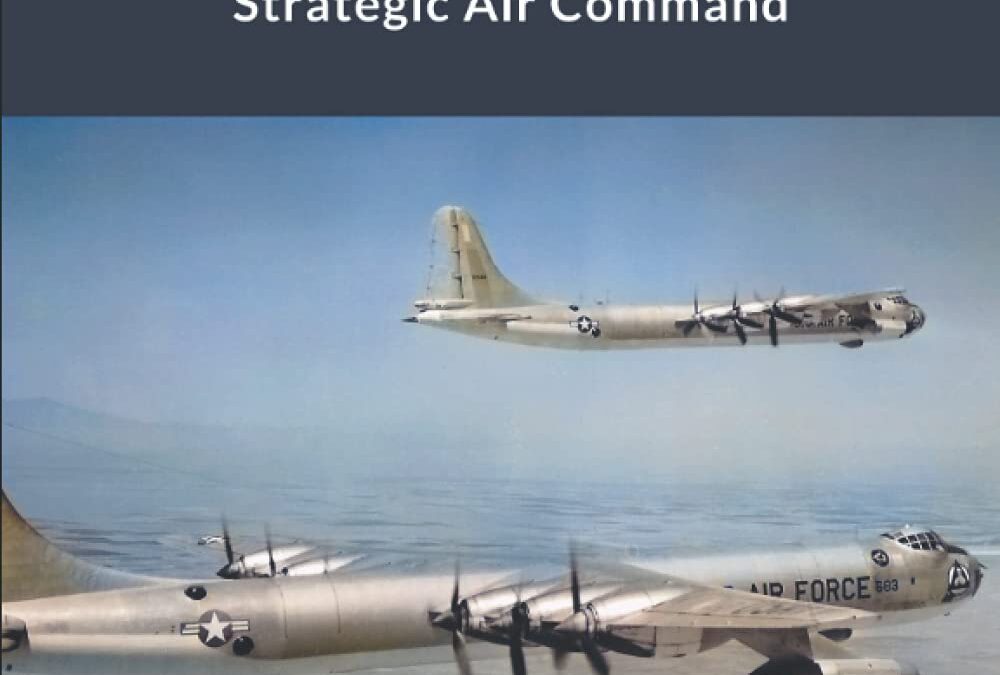
Hi, this is H.J. Campbell and I want to say thanks for your interest in my book. It’s a concise history and engaging story that I believe every military aviation history lover will enjoy. In this book you’ll discover the incredible B-36 Peacemaker – SAC’s “Big Stick” – and the first true intercontinental bomber capable of carrying heavier bombloads higher and farther unrefueled than any other aircraft. Details include the design and development, complete aircraft lineage, aircraft basing, evolution of model changes, deployments, atomic testing history… and the list goes on!
Theodore Roosevelt once said, “Speak softly and carry a big stick”, which was the essence of Strategic Air Command’s big stick, the B-36 Peacemaker. The B-36 was the mainstay of United States strategic deterrence policy during the early years of the Cold War. Given its ability to carry two of the largest 21-ton Mk 17 thermonuclear weapons in the arsenal, the B-36 seemed purpose-built for the role. But it was simply in the right place at the right time. Its design started even before the United States entered World War II, long before the Cold War was imagined, and well before the advent of an air-droppable nuclear bomb.
The B-36 was a truly incredible aircraft and unlike any other in its day. It was the largest piston engine bomber ever built and, at 230 feet, still holds the record for the longest wingspan of any American combat aircraft. Because of its immense size and unprecedented wingspan, it could lift more weight to higher altitudes than any other aircraft. It was the first aircraft to carry a 10,000-pound bombload over 10,000 miles. It was the first, and only, true intercontinental bomber capable of flights of over 9,000 miles without refueling and capable of remaining aloft for over 51 hours. Given the size and range of modern-day aircraft, it is difficult to understand how farsighted its specifications were at the time. It is important to understand the context of the day to fully comprehend the enormity and significance of the challenge.
I hope you’ll get your copy now of this enduring historical reference, written by a former SAC Warrior and Air Force veteran – a welcome addition to every aviation lover’s library!
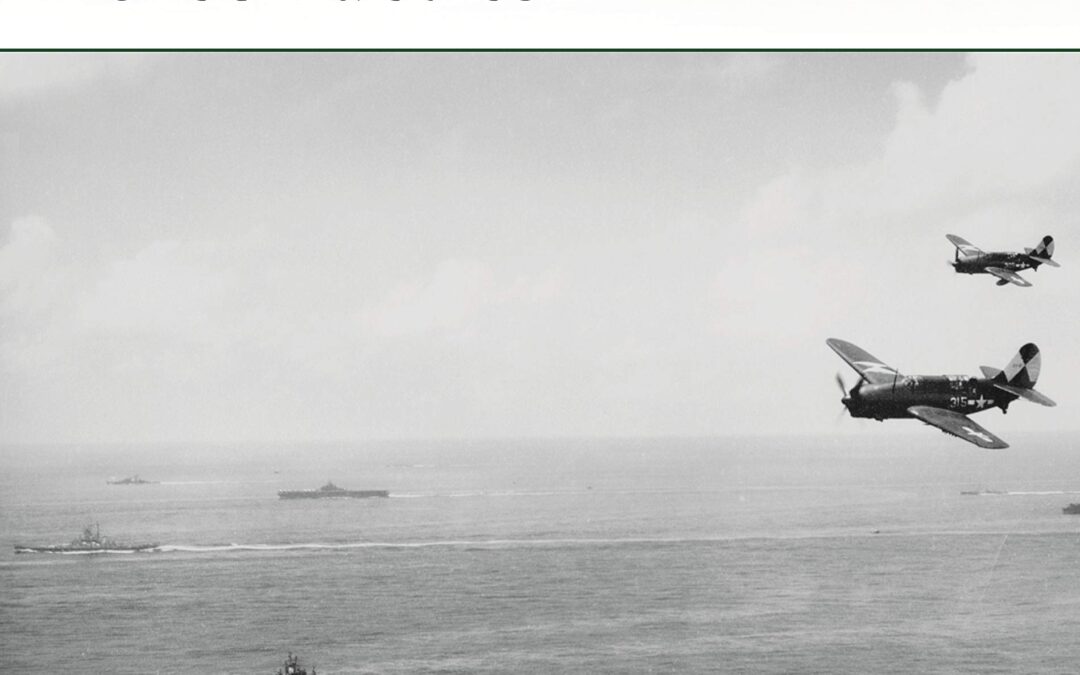
A succinct but detailed illustrated explanation of the techniques by which the ships and aircraft of the US Fast Carrier Task Forces achieved their victories over the Imperial Japanese Navy.
Drawing on difficult-to-access wartime documents and other contemporary sources, this is the first compact, illustrated study of the tactics and techniques of the US fast carriers of Task Forces 50, 58 and 38 during the naval war against Japan in 1943–45.
This title concentrates on exactly how these highly successful forces actually operated: their composition in ships, aircraft, and men; the essential technology at their disposal; the evolving doctrine for their employment; the opposition and dangers they faced; and how they overcame them at the tactical level. It explains in straightforward terms the intricate details of topics such as how ships maneuvered, how aircraft were deployed and recovered, the formations and approaches used by fighters, dive-bombers, and torpedo-bombers against naval and land targets, and how Task Forces defended themselves. The text is supported by a wide range of wartime photos and full-color illustrations, showing, for example, the formations employed by ships and aircraft, with altitudes and ranges throughout the course of attacks.
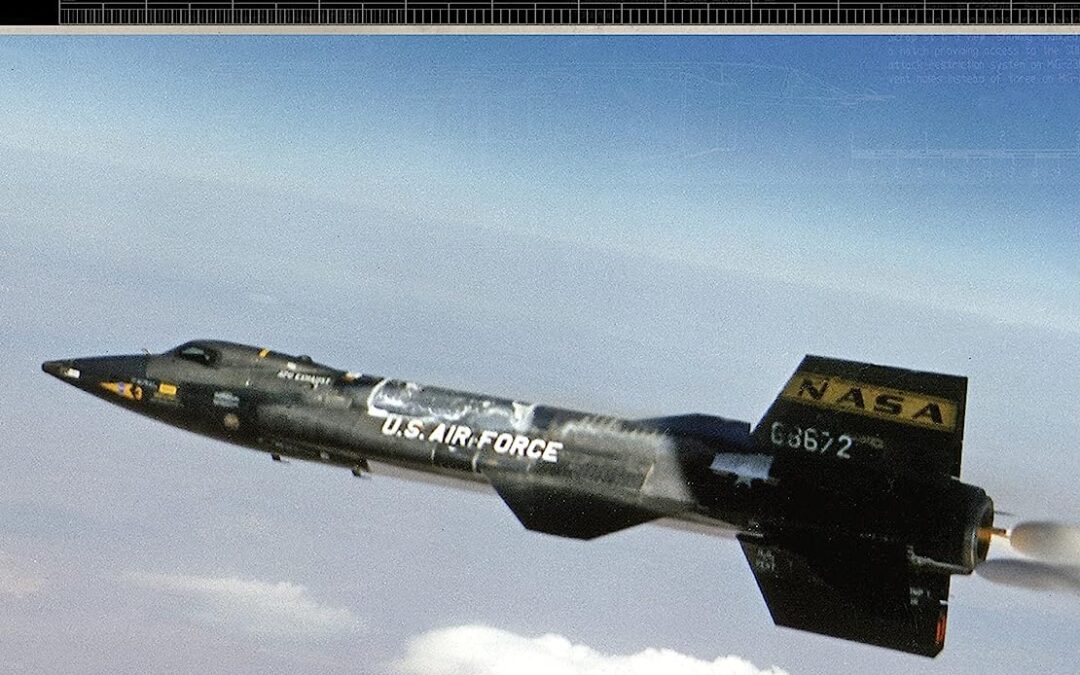
The revolutionary X-15 remains the fastest manned aircraft ever to fly. Built in in the two decades following World War II, it was the most successful of the high-speed X-planes. The only recently broken ‘sound barrier’ was smashed completely by the X-15, which could hit Mach 6.7 and soar to altitudes above 350,000ft, beyond the edge of space. Several pilots qualified as astronauts by flying above 50 miles altitude in the X-15, including Neil Armstrong, the first man on the Moon. The three X-15s made 199 flights, testing new technologies and techniques which greatly eased America’s entry into manned space travel, and made the Apollo missions and Space Shuttle viable propositions. With historical photographs and stunning digital artwork, this is the story of arguably the greatest of the X-Planes.

Delve into all aspects of Holley carburetors with knowledgeable instruction from this guide, which shows you how to disassemble, select new parts, rebuild, and calibrate all of the major models.
Veteran engine-building expert and automotive author Mike Mavrigian guides you through each important stage of the rebuilding process so you have the best operating carburetor for a particular engine and application. In addition, he explains carb identification as well as idle, mid-range, and high-speed circuit operation, specialty tools, and available parts. You often need to replace gaskets, worn parts, and jets for the prevailing weather/altitude conditions or a different engine setup. In an easy-to-follow step-by-step format, Mavrigian shows you each critical stage for cleaning sensitive components and installing parts, including idle screws, idle air jets, primary/secondary main jets, accelerator pumps, emulsion tubes, and float bowls. He also includes the techniques for getting all of the details right so you have a smooth-running engine.
During the muscle car wars of the 1960s, Holley carburetors emerged as the carbs to have because of their easy-to-tune design, abundance of parts, and wide range of sizes. The legendary Double Pumper, the universal 600-cfm 1850 models, the Dominator, and now the Avenger have stood the test of time and are the leading carburetors in the high-performance engine market. To many enthusiasts, the operation, components, and rebuilding procedures remain a mystery. Yet, many carburetors need to be rebuilt and properly set up for a particular engine package.
Holley carburetor owners need a rebuilding guide for delivering exceptional acceleration, quick response, and superior fuel economy. With Holley Carburetors: How to Rebuild you can get the carb set up and performing at its best. And, if desired, you can move to advanced levels of tuning and modifying these carbs.
If you’re looking for the one complete book that helps you quickly and expertly rebuild your Holley and get back on the road, this book is a vital addition to your performance library.

Since its invention in 1903, the airplane has become the dominant mode of transport, travel, and combat. It has brought the entire planet closer together and changed almost every aspect of how we live today.Along the way, the airplane has inspired writers in every decade of the twentieth century to celebrate this world-changing creation. From the wild first years of aviation when daredevil men challenged each other to set altitude records to the terrible three-dimensional landscape of combat in the air through all the wars of this century, authors from around the world have written of the airplanes and the men and women who fly them.Now, bestselling author Stephen Coonts has collected some of the finest fiction about flying in one volume. On Glorious Wings contains stories and excerpts from world-renowned authors, including Dale Brown, Sir Arthur Conan Doyle, Louis L’Amour, James Michener, Joseph Heller, Len Deighton, Frederick Forsyth, William Faulkner, Ralph Peters and Stephen Coonts himself. From the rickety wire-and-wood contraptions of the 1920s to the possible future of warfare in 2020, this collection invites you to take to the skies with some of today’s most acclaimed authors, including:”Five Weeks in a Balloon” by Jules Verne: Take a fanciful trip through the air as imagined by one of the great authors of the nineteenth century.”All of the Dead Pilots” by William Faulkner: One of America’s greatest storytellers looks at Britain in World War II, where a brash American pilot and an unflappable British officer clash over the same woman.”Wings over Khabarovsk” by Louis L’Amour: The great Western writer also penned many tales for the pulp magazines of the 1930s and ’40s, including this classic of the genre about an American pilot framed for spying on the far side of the world.”An Hour to San Francisco,” from The High and the Mighty, by Ernest K. Gann: When a four-engine plane loses an engine over the Pacific Ocean, what had been an uneventful trip becomes a white-knuckle race for survival.”Corey Ford Buys the Farm,” from Flight of the Intruder, by Stephen Coonts: During the Vietnam Conflict, pilots took lightly armed A-6 Intruders on harrowing near-suicide missions against the North Vietnamese army. Here, the master of the military thriller takes you along for the ride inside the cockpit as three Intruders head out to destroy some Russian MiG fighters grounded in Laos.”Power River MOA,” from The Sky Masters, by Dale Brown: At the Powder River weapons-testing site, the jet fighters may fire blanks, but the air combat simulations are as real as can be. Strap yourself in for a ride in the latest in bomber technology-the EB-52 Megafortress.”Retaliation,” from The War in 2020, by Ralph Peters: In the near future, America is threatened by a joint Iran-Japan military force that threatens the Middle East and Europe. Saddle up with the high-tech, hard-hitting cavalry soldiers of the future and their armored, fire-breathing future flying machines as they take to the air to raid on an enemy base.With an introduction and story notes written by Stephen Coonts, On Glorious Wings is a must-have for any aviation enthusiast.
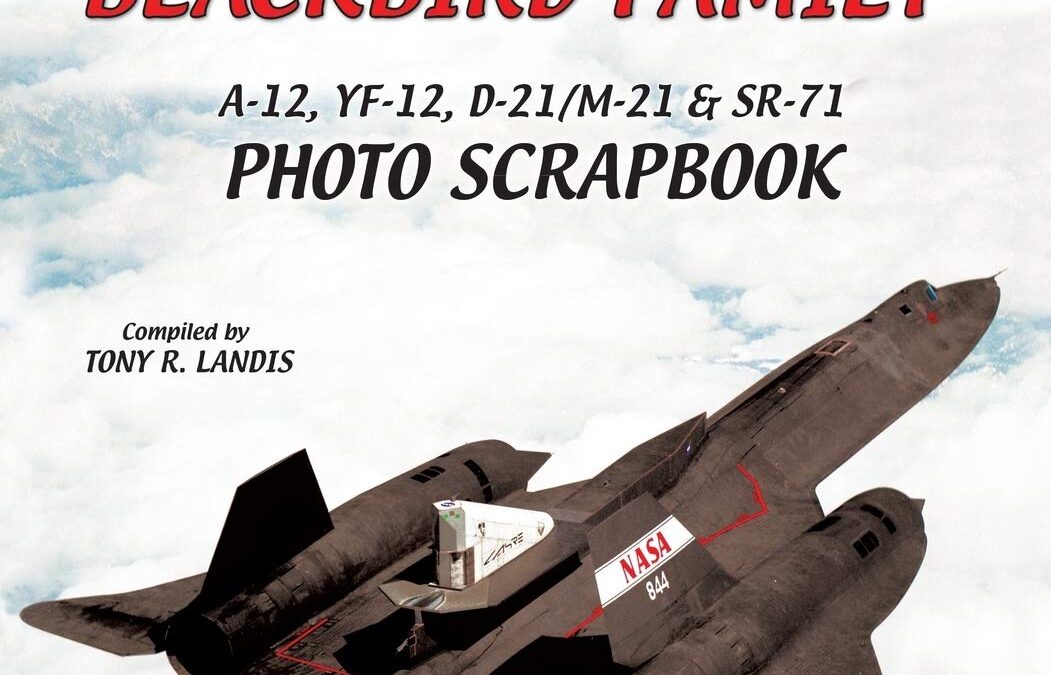
Still the world’s most popular and most exciting aircraft, the Lockheed family of A-12, YF-12, D-21/M-21, and SR-71 Blackbirds are to this day the highest-performance jet-powered airplanes ever flown. They have set numerous world speed and altitude records for manned aircraft powered by air-breathing engines that theoretically may never be broken. Although no longer operational, A-12s and SR-71s flew for nearly three decades at speeds in excess of Mach 3 and altitudes of up to 90,000 feet. Expanding on the successful sales of all Specialty Press Blackbird publications is this natural extension of the product line created by compiling many never-before-published photos coupled with new de-classified information recently released by the CIA, including black-and-white photos of A-12 cockpits, early camera installations, and never-before-seen special camouflage schemes. The photos in this edition are black and white.
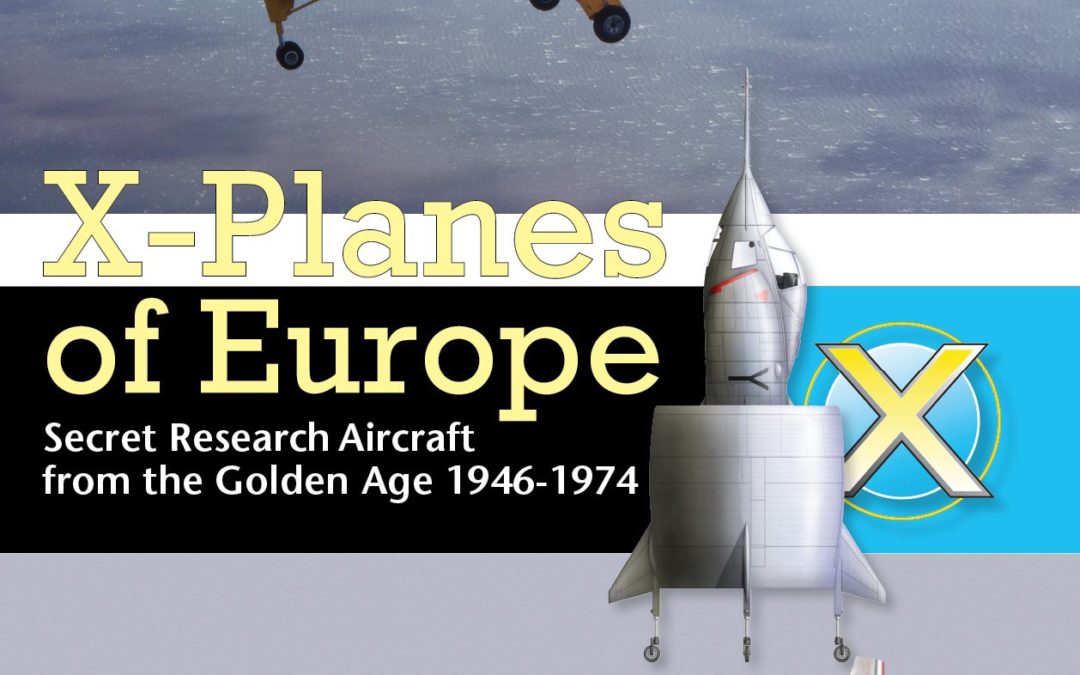
Exotic research aircraft designed, built, and flown in Europe in the two decades following World War II were the foreign equivalent of the legendary American X-Planes. Many of these advanced aircraft flown by test pilots such as Peter Twiss and Andre Turcat captured speed and altitude records previously held by their American counterparts.
Some of today’s most famous and successful aircraft were influenced by advanced technologies first tested and flown on European X-Planes. A significant number of aviation “firsts” occurred at secluded flight test facilities located in England, France, and Germany. The world’s first jet airliner (1948), first jet transport with rear-mounted engines (1956), first VTOL jet fighter (1964), and first supersonic airliner (1969) were all developed in Europe utilizing technological advances pioneered by these rare and highly advanced X-Planes. Unpublished photographs, detailed appendix, and stories of these historic aircraft combine to produce an in-depth look at these secret aircraft.
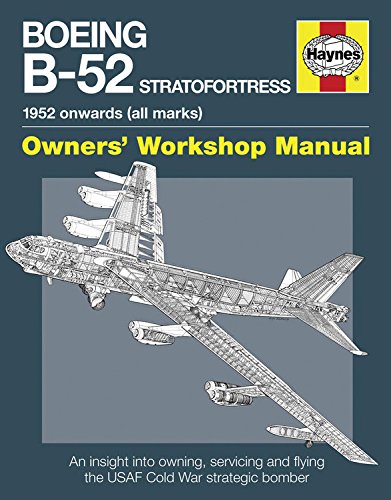
SOLD OUT
The eight-engine Boeing B-52 Stratofortress jet was the USA’s first long-range, swept-wing heavy bomber. It began life as an intercontinental, high-altitude Cold War nuclear bomber. With each new variant the B-52 increased in range, power and capability, seeing active service in the Vietnam War, both Gulf Wars of 1991 and 2003, and over Afghanistan in 2001. Author Steve Davies recalls its combat history, gets up close to look under the skin of the B-52, and talks to the flight crews and maintainers of this legendary aircraft.

The ultimate SR-71 book which profiles the history, development, manufacture, modification, and active service of all 50 models in the SR-71 program.
At the height of the Cold War in 1964, President Johnson announced a new aircraft dedicated to strategic reconnaissance. The Lockheed SR-71 Blackbird spy plane flew more than three-and-a-half times the speed of sound–so fast that no other aircraft could catch it. Above 80,000 feet, its pilots had to wear full-pressure flight suits similar to what was used aboard the space shuttle.
Developed by the renowned Lockheed Skunk Works, the SR-71 was an awesome aircraft in every respect. It was withdrawn from use in 1998, when it was superseded by satellite technology. Twelve of the thirty-two aircraft were destroyed in accidents, but none were ever lost to enemy action.
Throughout its thirty-four-year career, the SR-71 was the world’s fastest and highest-flying operational manned aircraft. It set world records for altitude and speed: an absolute altitude record of 85,069 feet and an absolute speed record of 2,193.2 miles per hour.
The Complete Book of the SR-71 Blackbird covers every aspect of the SR-71’s development, manufacture, modification, and active service from the insider’s perspective of one of its pilots and is lavishly illustrated with more than 400 photos. Former pilot and author Richard Graham also examines each of the fifty planes that came out the SR-71 program (fifteen A-12s; three YF-12s; and thirty-two SR-71s) and tells each plane’s history, its unique specifications, and where each currently resides.
















